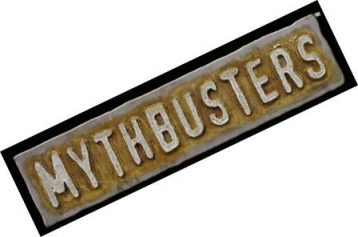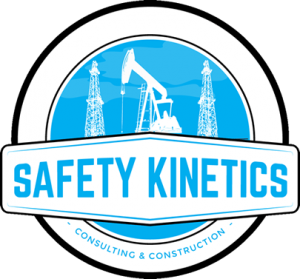
We are probably sure you hear myths about OSHA on almost a daily basis. We have decided to publish our top ten myths we hear most often.
Myth #1: OSHA has jurisdiction over everyone
Truth: OSHA has no jurisdiction over uniformed military. They do have jurisdiction over civilians on base and contractors. In federal states OSHA has no jurisdiction over county or state employees. OSHA also has no jurisdiction over work in countries outside the United States.
Myth #2: If you have 10 or fewer employees OSHA has no authority over your company
Truth: It is a common misconception that results from a simple mix up with recordkeeping rules. According to the OSHA recordkeeping rules, employers with 10 or fewer employees do not have to record accidents on OSHA logs. This applies to both recordkeeping and emergency action plans. Small companies do have to report fatalities and catastrophes.
Myth #3: OSHA funds itself with the penalty money
Truth: Penalty money goes back to the treasury. OSHA is funded by annual budget. If this were true, it would be a huge conflict of interest and fines highly likely to be significantly increased.
Myth #4: OSHA can shut down a jobsite/plant site
Truth: OSHA can issue citations with penalties. In an imminent danger situation, the compliance officer can request that the employer remove employees from the hazardous condition and halt the process. If the employer refuses or disagrees, the inspector must then request an order to stop the practice from the local courts. This would be a time consuming process and even if granted, would only apply to the specific task or procedure, not the entire location.
Myth #5: If you have something written into your safety program that exceeds OSHA requirements and don’t enforce it, they can cite you for failure to enforce your own safety program.
Truth: OSHA can only cite a violation of a regulation or Section 5(a)(1).
Myth #6: The general duty clause is a “catch-all” and can be used for any safety concern
Truth: The use of the general duty clause requires: a recognized hazard likely to cause serious injury or death, there must be a feasible means to correct the hazard, and the company’s own employees (not a subcontractor’s) must be exposed.
Myth #7: Six foot rule in construction means as long as I am six feet from the edge I don’t have to be protected.
Truth: This only applies on low slope roofs where a warning line system is being used and is specific only to roofing employees performing roofing work.
Myth #8: You must only use OSHA “approved” or “certified” equipment/materials.
Truth: OSHA does not “approve” or “certify” any equipment or materials. The proper term would be OSHA “compliant” meaning it complies with the regulation.
Myth #9: If you call OSHA, they will come do a “courtesy” inspection and won’t cite you for anything.
Truth: Small businesses may request an inspection through the 21 (d) programs (separate from enforcement) and if you agree to fix identified hazards they will not notify OSHA.
Myth #10: I am a “certified” OSHA instructor.
Truth: OSHA does not “certify” instructors; they only “authorize” them. If you have an instructor who claims to be “OSHA certified” you should question their competency.
What myths have you hear lately? Feel free to send us other myths that you hear and we will publish an expanded list in the near future.
